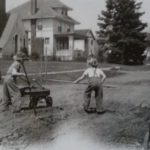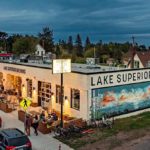Duluth reconsidering mandated parking minimums
The Duluth News Tribune reports that proposed changes to city code would eliminate requirements for developers to provide a specific number of parking spots.
Recommended Links:
Leave a Comment
Only registered members can post a comment , Login / Register Here














5 Comments
Matthew James
about 2 years agoaluminumpork
about 2 years agoChester Knob
about 2 years agoaluminumpork
about 1 year agorunningman
about 1 year ago